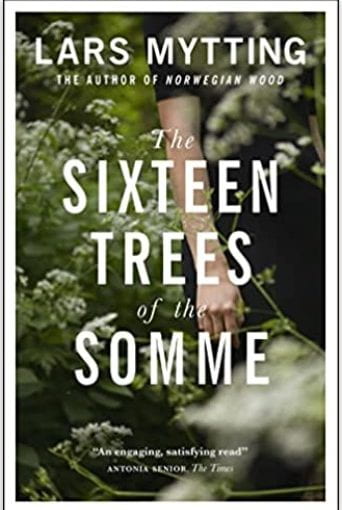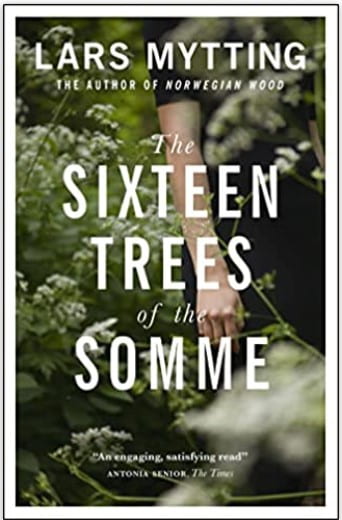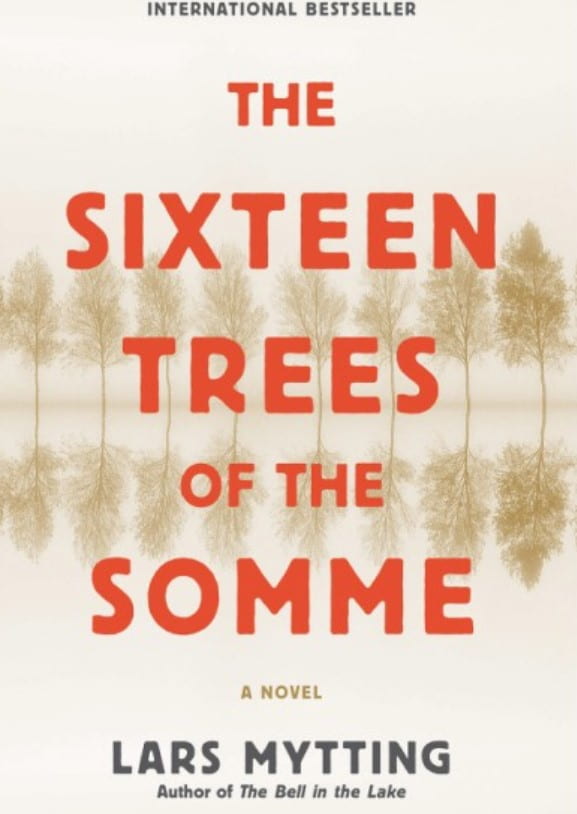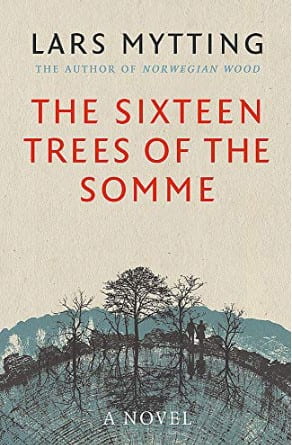Translated by Paul Russell Garrett
What a beautiful book and story. Edvard lives with his grandfather, a dour man, in the remote countryside in Norway on a potato farm. His life is limited to the village and the farming until his Grandfather dies. And then he discovers that a coffin had been made for his Grandfather years before. A beautifully crafted and decorated coffin.
A man dies. He leaves behind tools and books and clothes. But he also leaves clues.
p17
Edvard sets off on a quest to find the answers to several mysteries in his world: how his parents died; where he disappeared to for a couple of days when he was four years old; his missing inheritance and the feud between Sverre, his Grandfather, and Einar, Sverre’s brother. This quest takes him from Norway to Shetland to France on the way leaving his girlfriend Hanne and finding Gwen Winterfinch as a lover and the grand daughter of a man involved in the mysteries.
The inheritance is the wood of sixteen walnut trees, trees that have been scarred by world wars with the ‘wounds of wars ingrained in the wood’ and very desirable and expensive. The problem is that Duncan Winterfinch has been looking for this wood for decades and never found it. Wood is threaded through the whole story, branching and weaving the parts together. Not only are there the sixteen trees of the Somme but there is the woodland on the farm in Norway with birch trees, Flame Birches, that contain a special grain in the wood.
Einar ends up living on Haaf Gruney, Winterfinch’s island, under a special arrangement where he crafts coffins and rows them over to the the main land when he has finished them. His life on Haaf Gruney is spartan, no electricity in his house, nothing invented after 1900 and simple furniture, nothing like that he used to make when living in Paris. His house was
. . . the altar of someone doing penance.
p140
One of the questions asked by the book is whether the sins of the fathers are to be laid upon the children. How long does trauma run through a family? Can anyone end it? At the end of the book, Edvard takes his daughter up to the woodland and hands her a chest made out of flame-birch containing a dress: the dress his mother had worn that Einar had kept. I wondered here whether the sins or trauma were now being handed down to the next generation. His daughter is the only person who puts the dress on rather than just looking at it and fills it with life and light. Maybe the light has removed the darkness and the dress becomes a memory of a story known rather than unknown and so does not have a hold over anyone any longer.
At the end of the book, Edvard has answers to the mysteries but has also grown and changed, finding out who he is and what he wants from life. He has a wife and daughter and so his life did not become worn and bitter with the family secrets, and the loneliness that tiptoes through the book feels as if it has been banished.
This is a book club choice. I have a few questions for the group that I would just like to get straight in my head
- Was Einar Edvard’s grandfather? Why was Einar living a life of penance?
- Why didn’t Sverre pass on the letters from Einar to Edvard?
- Were the sins of the grandfathers laid on the grandchildren?
I thought the front cover of the book was not as good as the original. On mine, the first image, there is the arm of a young person in what appears to be a wood with cow parsley (which isn’t really a plant that grows in a woodland unless there are glades). Nor is the arm of the right age for the person in the woods,
The second image does show some type of mirroring or reflecting, Norway and France, and of birch trees but these are not the silhouettes of walnuts. I think the third cover is the best. It shows a hill made of a cross slice through a tree trunk with trees rooted onto it and reflected in the bark. It also shows two people, possibly a man and a woman, and offers more of the story than the others.
This book was on the longlist for the Dublin Literary Award in 2019



